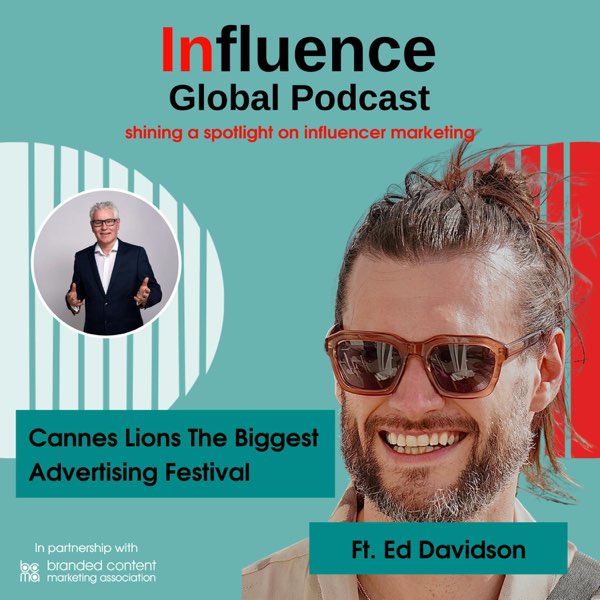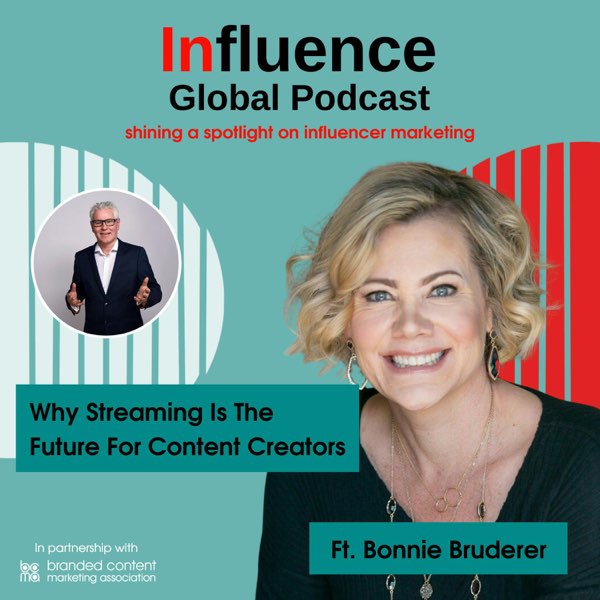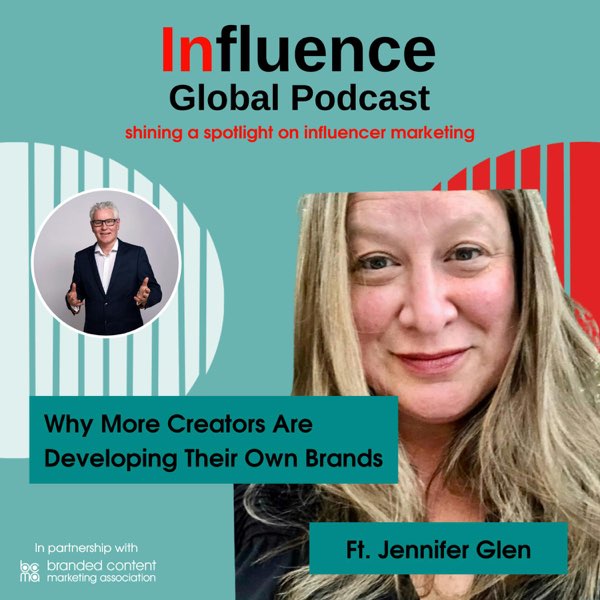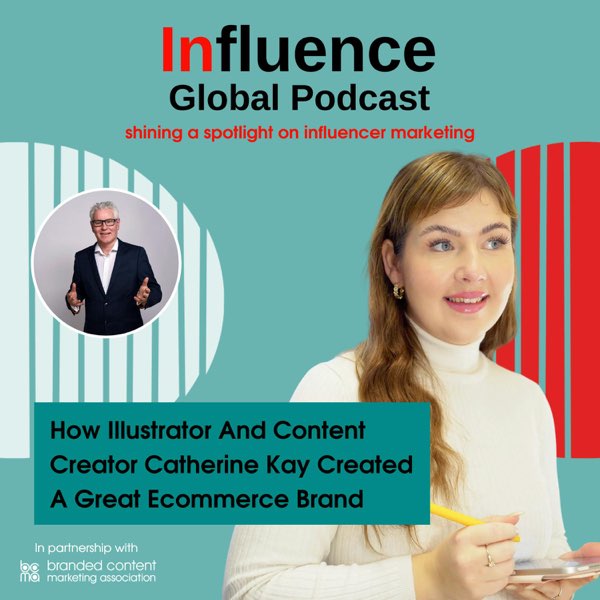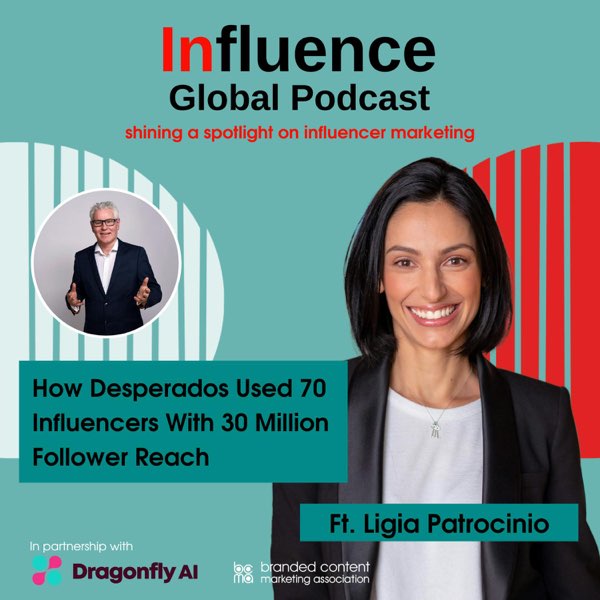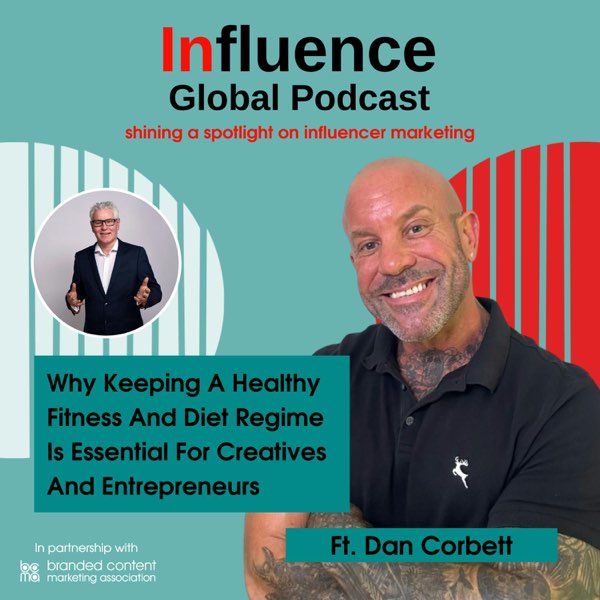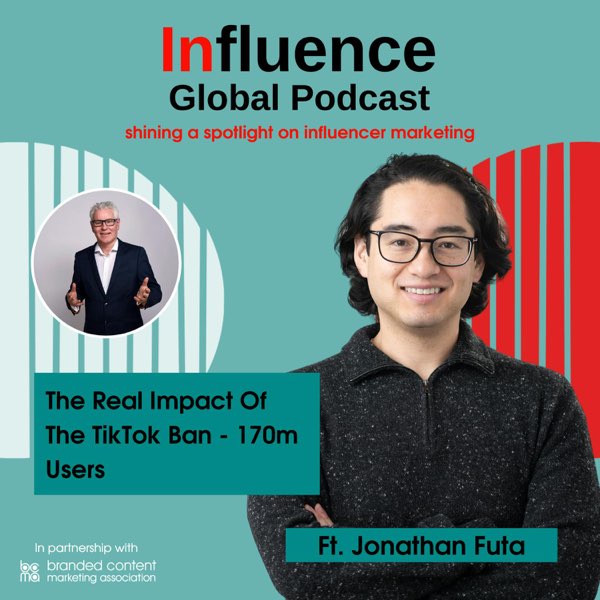In this episode we talk with Dennis Howes and Daniel Goddard, co-founders of association recruitment specialist Membership Bespoke.
Membership Bespoke launched 14 years ago, has seen a rapid expansion in growth since the pandemic and now plans to expand into the US market.
By having a strong niche in this sector, has allowed the team to really have a deep understanding of many of the different roles and organisational types from Royal Societies, to trade bodies and membership organisations.
As a vetted partner to Membership World all the jobs will be posted on our job board.Dennis has also been behind the very successful Salary Review Guide that has been an invaluable guide for association leaders to benchmark their teams remuneration packages.
Find out more www.membershipbespoke.co.uk



